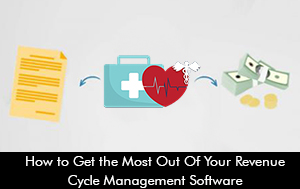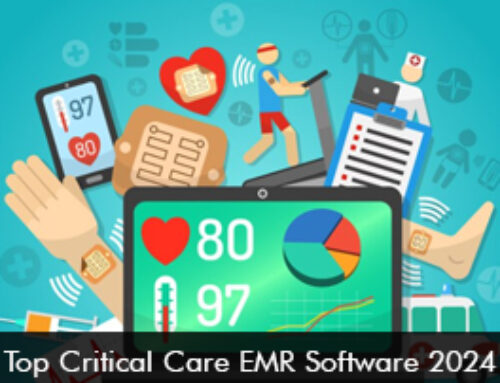All the aspects of financial management of a medical practice providing healthcare to patients are encompassed under the umbrella of Revenue Cycle Management (RCM). Revenue Cycle Management (RCM) plays a vital role in the success of any medical practice and hence requires constant monitoring and evaluation so that it constantly keeps on improving. Due to the complexity of the whole process, it gets really difficult for practices to identify the shortcomings and fix them.
All of this is made easier through a Revenue Cycle Management (RCM) Software. Most of the Electronic Medical Records (EMR) Software and Practice Management (PM) Software also offer built-in RCM tools but, it is always advisable to use an independent Revenue Cycle Management (RCM) Software.
To make the workflow of your practice more efficient via a Revenue Cycle Management (RCM) Software, and to get the most out of it, consider the following three steps.
Creating Dashboards
Practices are often limited by their ability to properly retrieve and view their financial data when it comes to enhancing the revenue cycle. Improving data accessing and studying capability allows pinpointing the locations in the revenue cycle which need improvement and then working on them to achieve better results.
Through a Revenue Cycle Management (RCM) Software, all the financial data can be viewed in a dashboard. Dashboards not only display all the important data in one place but also make it easily understandable through info-graphics, such that anyone who views the dashboard can get an idea of what is going on at a glance. The staff, as well as the physicians, can analyze all the processes efficiently and save a lot of time.
Integration with Patient Portal
Since healthcare has become more of a consumer market, to stay in the race and maintain competition, healthcare providers need to adapt to consumer trends. With an increasing number of patients who prefer online payments, practices need to introduce convenient ways to carry out these payments.
In this regard, integrating the Revenue Cycle Management (RCM) Software with a Patient Portal can prove really helpful. A Patient Portal will allow the patients to easily communicate with the providers, generate payment bills, and pay using online payment methods. Thus, while improving the Medical Billing, Patient Engagement will also be improved through the Patient Portal.
Prevention of Errors
Through proper scheduling of payments and continuous verification and validation, try to minimize all the errors which might occur due to incorrect entries or bugs within the systems. These errors can act as an obstacle in daily tasks and interrupt the workflow. Hence, through constant monitoring, try to keep these errors to the minimum and get the software debugged by the vendor in case you find a really critical bug.







